All around Warsaw, there are reminders of the historic Jewish presence. Though Warsaw has experienced incredible change and development since WWII, the city has taken special care to ensure that the plight of the Warszavian Jewish community will never be forgotten. In the location of the former Warsaw ghetto are several memorials that educate passerbys of the atrocities that once took place where we now walk freely.
One such example is a series of monuments beginning on the corner of Ulica Anielewicza and Ulica Zamenhofa. It is aptly named the “Path of Remembrance” (in Polish: “Trakt Pamięci”) although it is better known in English as “The Memorial Route of Jewish Martyrdom and Struggle.”
The memorial route is concerned with Warsaw’s Jewish Heritage in general, and also with the Warsaw Ghetto Uprising in particular.
Finding and Following the Memorial Route of Jewish Martyrdom and Struggle

The street names themselves are of importance. Ulica Anielewicza refers to Mordechaj Anielewicz, the leader of the Jewish Fighting Organization and a key figure in the Warsaw Ghetto Uprising. Ulica Zamenhofa refers to Ludwik Zamenhof — an ophthalmologist (eye doctor) by trade, but a linguist by passion and best known as the creator of the language Esperanto. He had hoped that Esperanto would be simple enough to learn and speak that it would become a world language, helping to break down barriers and bring people closer together. Both of these men are internationally known for their devotion to the common good, but the ultimate common denominator is their identity as members of the Polish Jewish community who resided in the heart of Warsaw. At the intersection of these streets is the Polin Museum, dedicated to the history of Jews in Poland.
The Memorial Route of Jewish Martyrdom and Struggle is made of several memorial stones, each with information in Polish and Hebrew about the Ghetto Uprising and several told of key actors.
There are several challenges to trying to follow the path. One is that there are not really any good maps of it. One, which I only found after trying to fumble my way through the path, can be found here. It has lots of locations listed, yet little information on what is at each location. Another challenge is that the sites do not have English available. To make things more challenging, even if you have Polish comprehension skills that are still in progress, like mine, the letters are chiseled to the stone somewhat oddly and can be hard to read.
Nevertheless, I persisted. While I found myself wandering up and down streets and able to understand only some of the messages, the journey was most meaningful. I love walking in the footsteps of my ancestors in Warsaw and trying to learn from the city.
A Few Points of Interest on the Memorial Route of Jewish Martyrdom and Struggle
One of the most striking things I saw on the path was a former bunker on Ulica Miła which once housed much of the leadership of the Ghetto Uprising. A somber tone permeated the small area, consisting of a grass-lined stone path guiding viewers to a raised mound on which a monument stood. In pre-war Warsaw, Ulica Miła was a hub of Jewish life. During World War II, the bunker located on this street adopted the meaning of the fight in preservation of the Jewish people in hope that such times of prosperity would return. On 8 May 1943, during the Warsaw Ghetto Uprising (19 April – 15 May 1943), the bunker was discovered by the Nazis. Rather than to surrender and be subject to inevitable and unbearable torture, Mordechaj Anielewicz and several others ingested poison in a final act of resistance.
Suddenly, I noticed stones on top of the monument, and my breath caught in my throat. Jewish cemeteries can be easily distinguished by the presence of stones lining the top of gravestones placed by mourning loved ones. The origin of this tradition is shrouded in the haze of antiquity, but there are several possible explanations, my preferred of which is the fact that stones last longer than flowers, representing the immortality of memory. Visitors to this commemorative stone treat it with the same respect as a gravestone, which I found touching. After paying my own respects, I continued.
Another exceptionally striking point on the path was the Umschlagplatz Memorial. The word “Umschlagplatz” in German translates literally to “collection point” — a strategic use of language to dehumanize the over 300,000 Jews who passed through the so-called Umschlagplatz before being deported to the horrors of the Treblinka Extermination Camp, Chełmno Extermination Camp, or Auschwitz. The visual cues on the monument itself tell a story, such as through the colors as a reference to Jewish ritual robes (namely the black stripes on tallit) and the many depictions of trees (a destroyed forest to symbolize the devastation of the Jewish nation and a new tree to express renewed hope).



A third stop of note was Ulica Chłodna. During the time of the occupation, Ulica Chłodna was a bustling street reserved for the “Aryan” population. Above the heads of those free to stroll down Ulica Chłodna was a wooden bridge connecting the “small ghetto” (reserved for the relative elite) and the “big ghetto” (the majority remaining population). Though the bridge itself was only in use for six months in 1942, it became a symbol of the Warsaw Ghetto and was featured prominently in photographs as well as reconstructed for films. Today, an art installation remains, aptly named the “Footbridge of Memory” in the form of a pair of metal poles linked by fiber-optic cables that trace the shape of the former bridge with light.
Reflections on the Path of Remembrance
At the end of my journey, unlike the hundreds of thousands of Jews who had once lived under occupation in this area, I was free to leave the former ghetto. Though one can find reminders the occupation throughout Warsaw, I recommend a journey along the Memorial Route of Jewish Martyrdom and Struggle (Path of Remembrance) to all who visit the city. Together, we will be the living manifestation of pebbles on headstones, preserving the memories of the inhabitants of the Warsaw Ghetto for all generations to come.


You Might Also Like
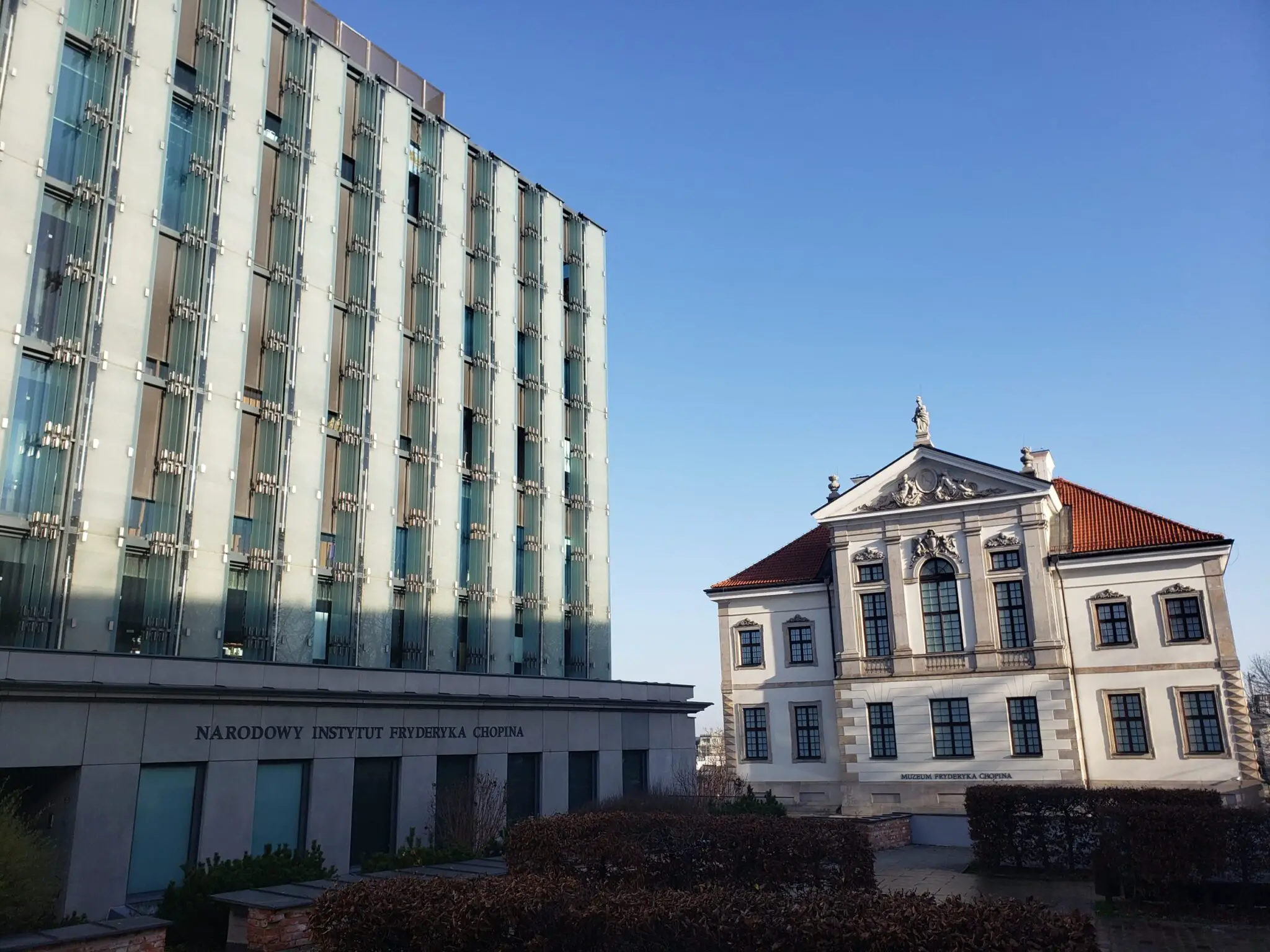
Chopin Museum and Rememberance, Warsaw
In Warsaw, large, elegant, and beautiful willow trees grace many of the parks within the city. These are the same willow trees that inspired many of the outstanding musical pieces of prodigy composer and native Pole, Frédéric Chopin. Signs of Chopin’s legacy, like the willows that inspired him, can also be seen across the city. […]

History and Art in Warsaw’s Bródno District
Most foreigners in Warsaw tend to the stick to the center of the city and Old Town, with some maybe venturing as far as the Praga district. Being that these areas are mostly discovered and easy to tour — along with being packed with tourists and locals — I decided to start taking trams to […]
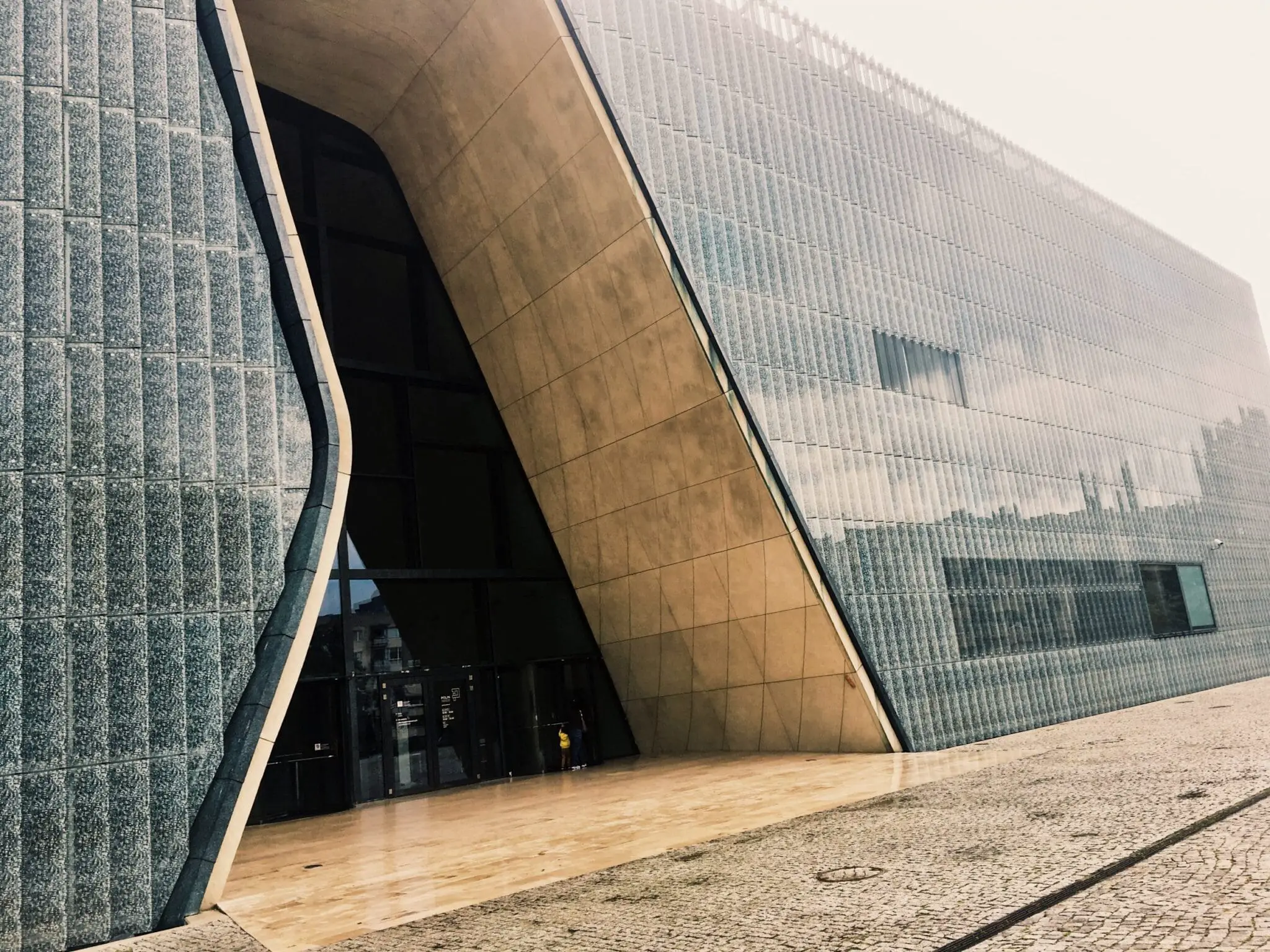
The POLIN Museum of the History of Polish Jews
The POLIN Museum of the History of Polish Jews, located in Warsaw, Poland, is a renowned cultural institution dedicated to preserving and presenting the 1,000-year history of Jewish presence in Poland and to promote tolerance, understanding, and mutual respect. It serves as a space for learning, reflection, and dialogue, exploring the rich cultural and religious […]
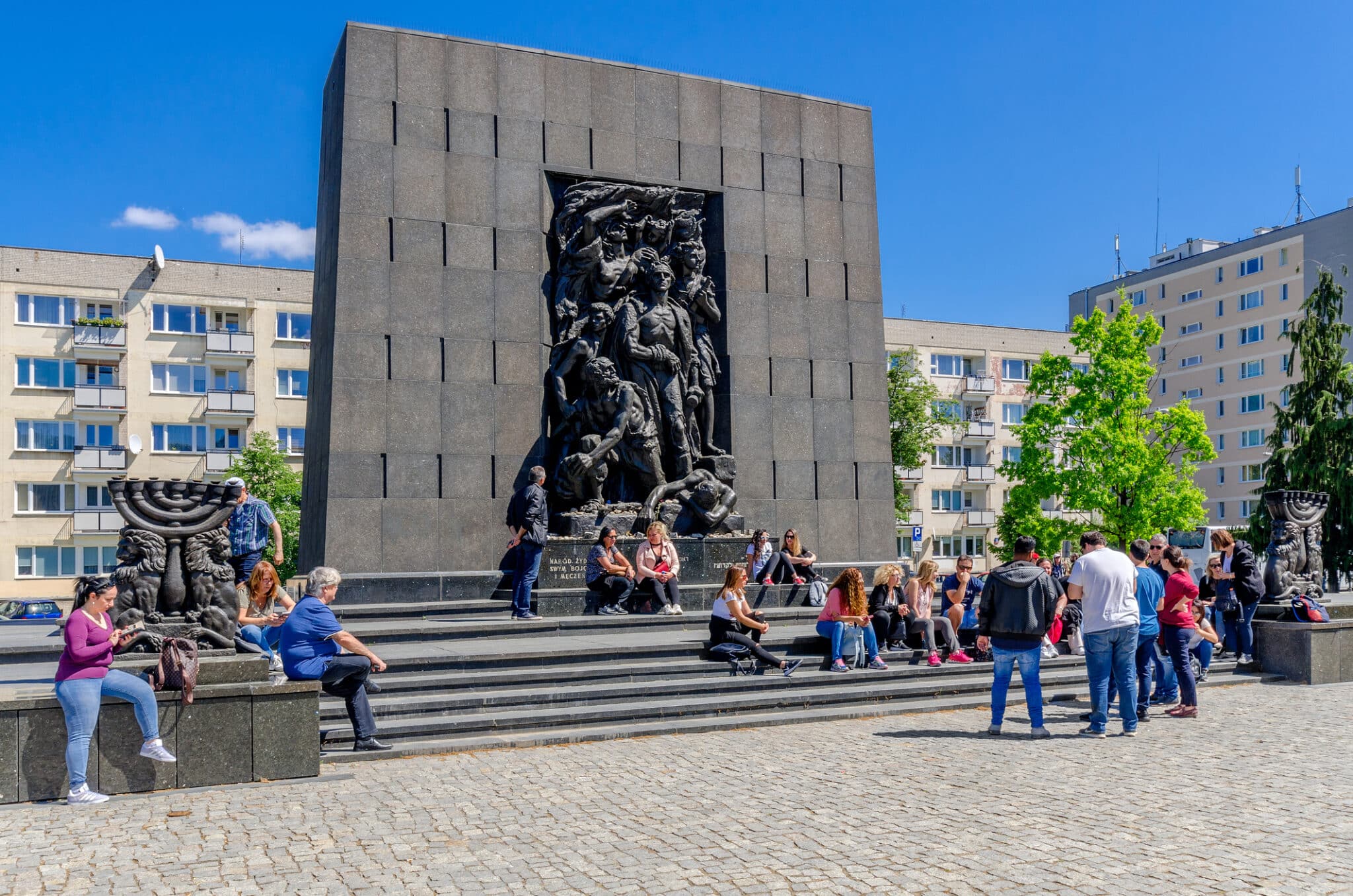
Memorial Route of Jewish Martyrdom and Struggle in Warsaw
All around Warsaw, there are reminders of the historic Jewish presence. Though Warsaw has experienced incredible change and development since WWII, the city has taken special care to ensure that the plight of the Warszavian Jewish community will never be forgotten. In the location of the former Warsaw ghetto are several memorials that educate passerbys […]
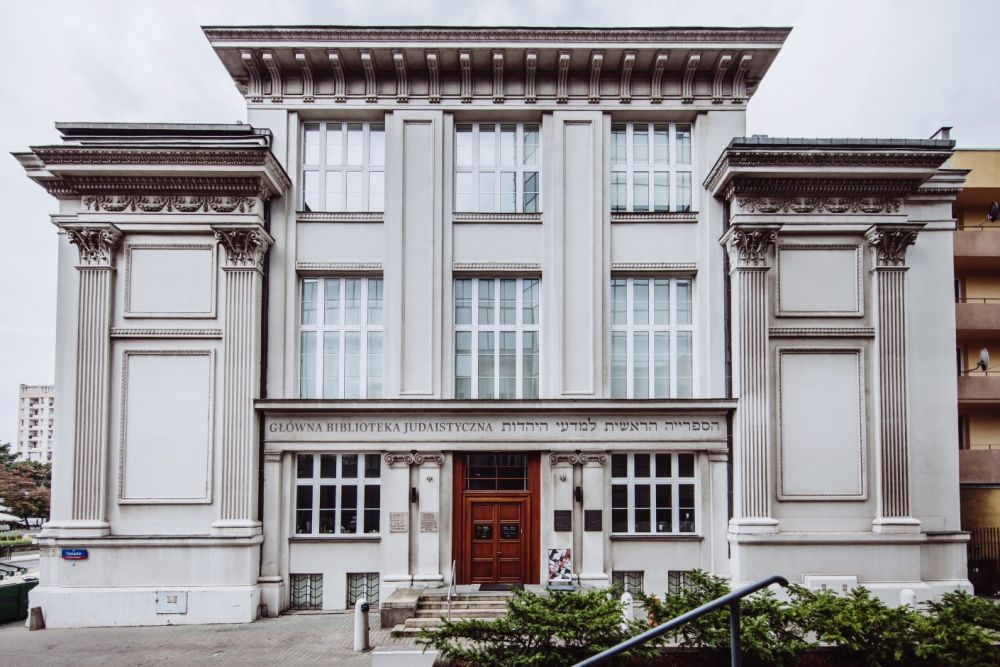
Jewish Historical Institute in Warsaw: “What We’ve Been Unable To Shout To The World”
The Jewish Historical Institute’s mission is to promote awareness of the thousand-year Jewish presence in Poland. They achieve this through exhibitions, artistic events, conferences, education programs, and publishing. The Institute serves as a repository of Jewish heritage, preserving collections like the Underground Archive of the Warsaw Ghetto. They also maintain Jewish cultural monuments, are developing […]
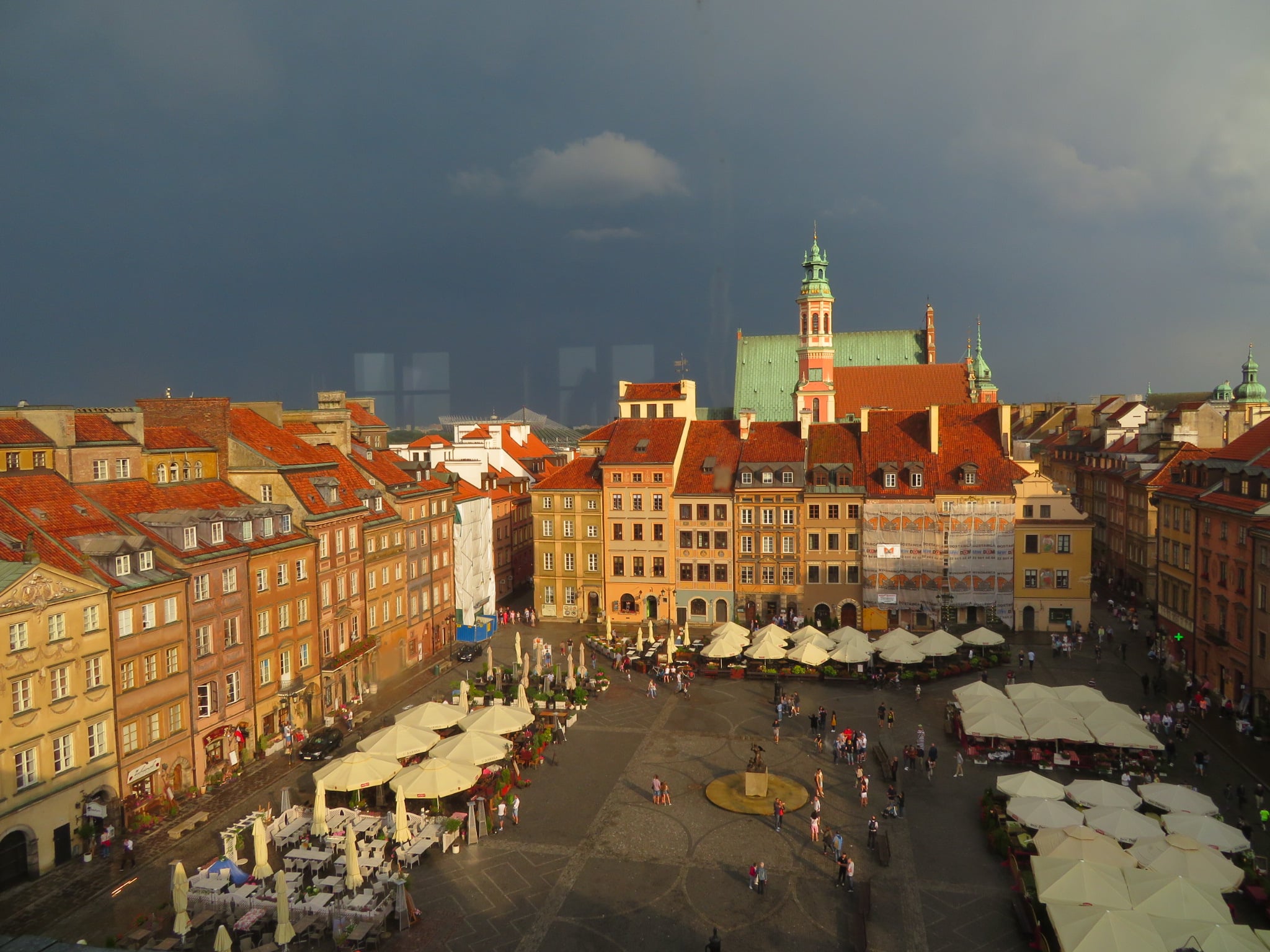
Warsaw’s Best Museums: History, Struggle, Tragedy, and Freedom
One of the best things to do when living or studying abroad, is to visit museums and historical institutes to try and learn about that particular place. For me, visiting museums is a no-brainer since I work in museums. I enjoy them. I find it fascinating to see how each museum operates, how they present […]
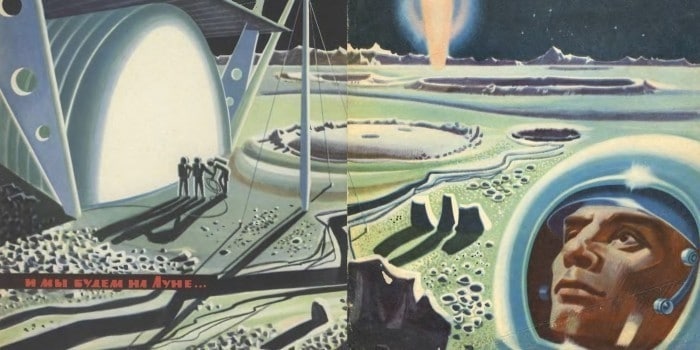
Science Fiction and Fantasy From Behind the Iron Curtain
Science fiction/fantasy, often shorthanded to SFF, is a genre of media concerned with supernatural, fantastical, or other elements beyond our current technological capabilities. Although its roots run deep, borrowing inspiration and elements present in The Odyssey or 20,000 Leagues Under the Sea, SFF truly came into its own after the Industrial Revolution. It was a […]
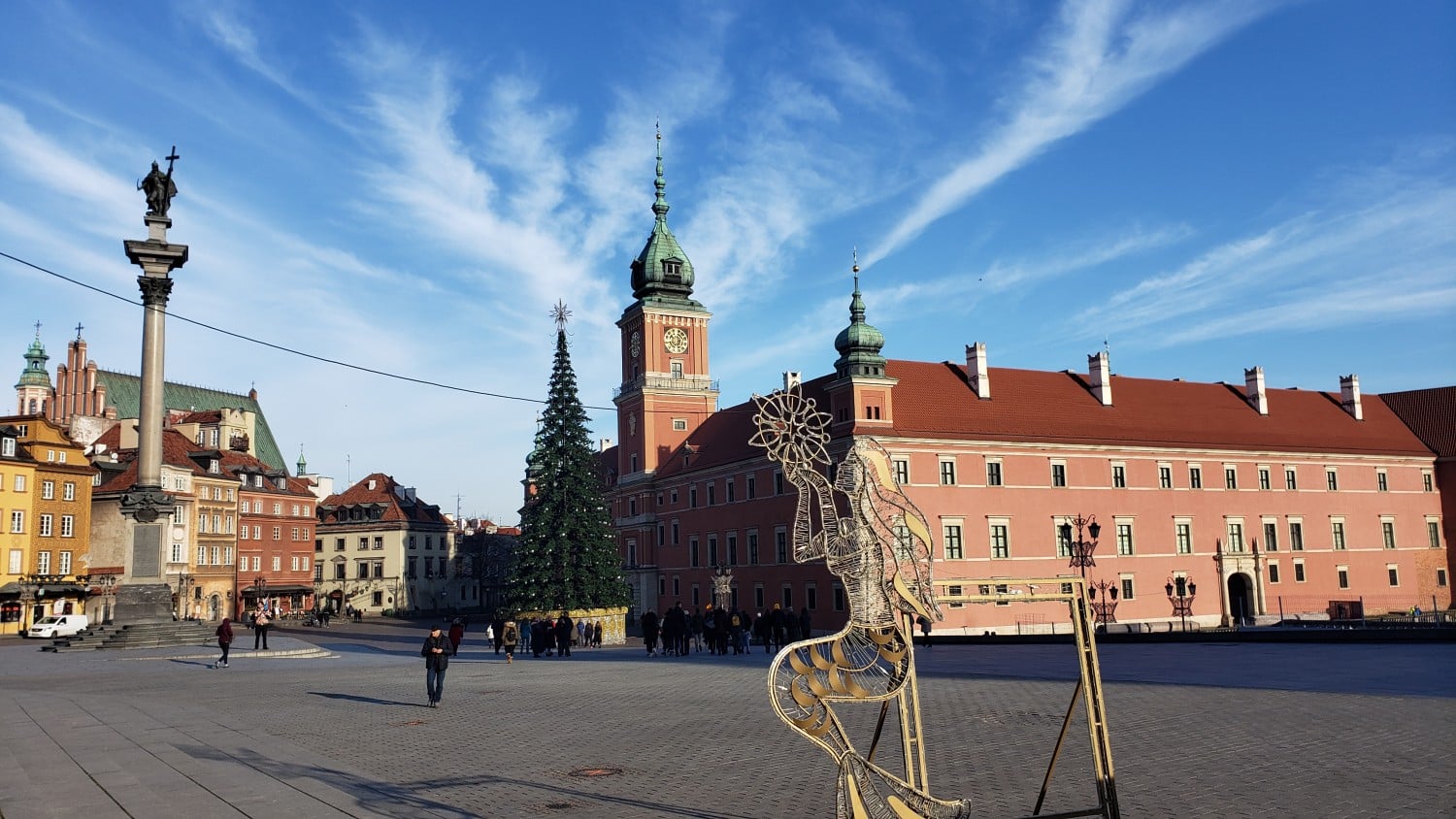
Warsaw’s Old Town District
While I was on study abroad in Warsaw, Poland, the place I visited most behind the Palace of Culture and Science, where I had classes every day, was Old Town. Why? Simply put, a trip to Old Town in Warsaw is like taking a journey back in time. It is the gem of the city […]
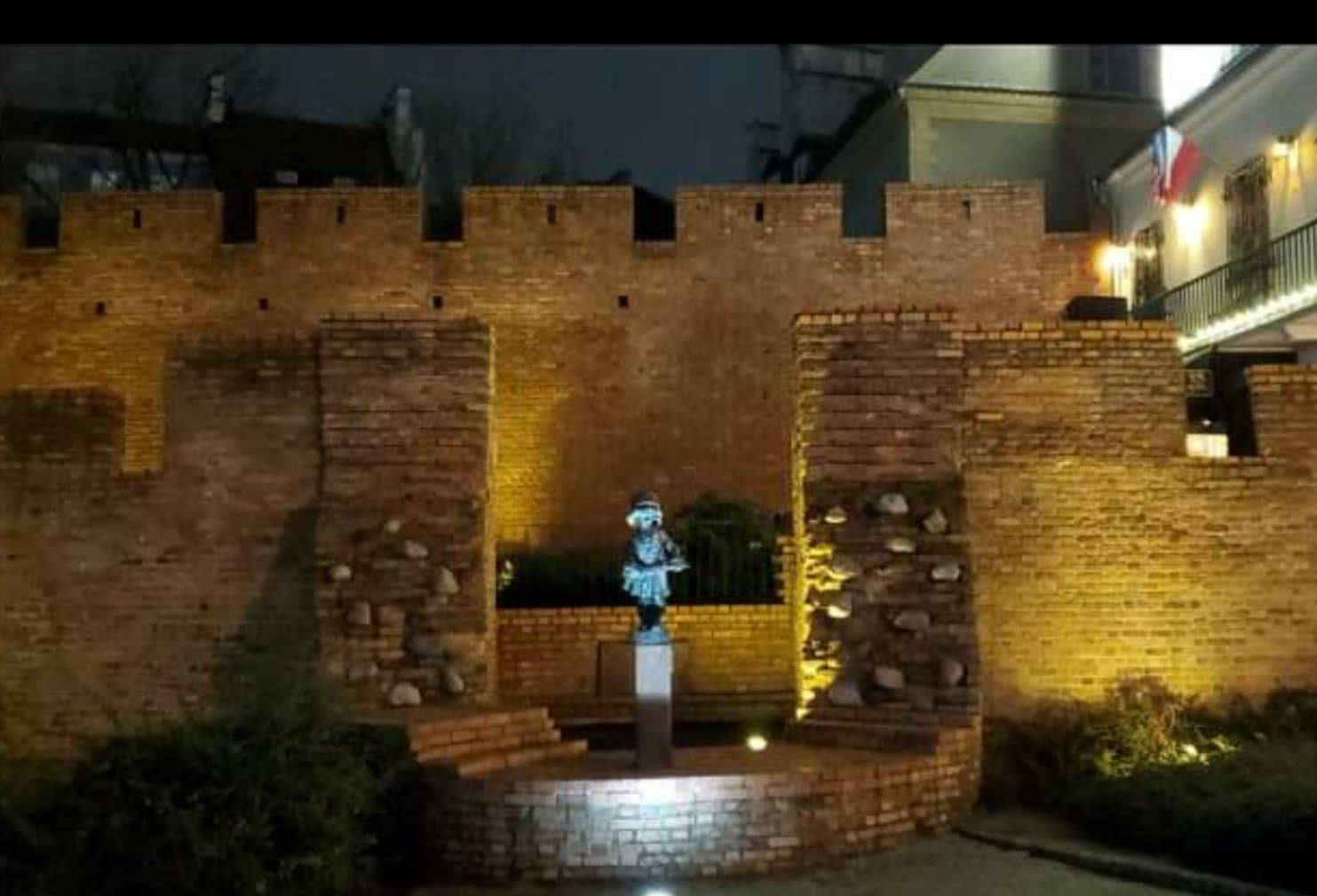
The Warsaw Uprising: Museums, Monuments, and Cultural Memory in Warsaw Today
Many of our students are profoundly moved by how vividly the Warsaw Uprising is remembered in Poland. Those who fought are revered with the respect of founding fathers. Thier symbols and history are preserved and highlighted across the city in museums, monuments, and graffitti. The narrative is popular in modern film (such as the recent […]